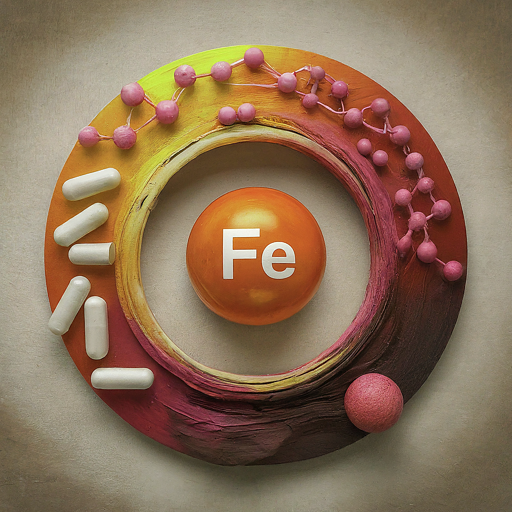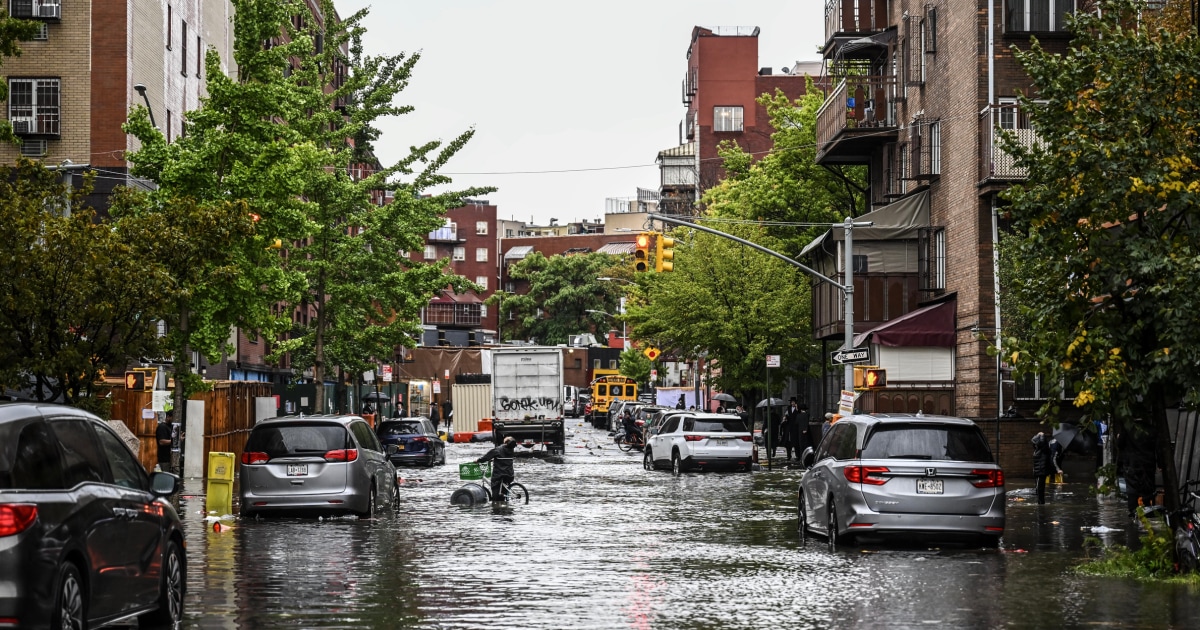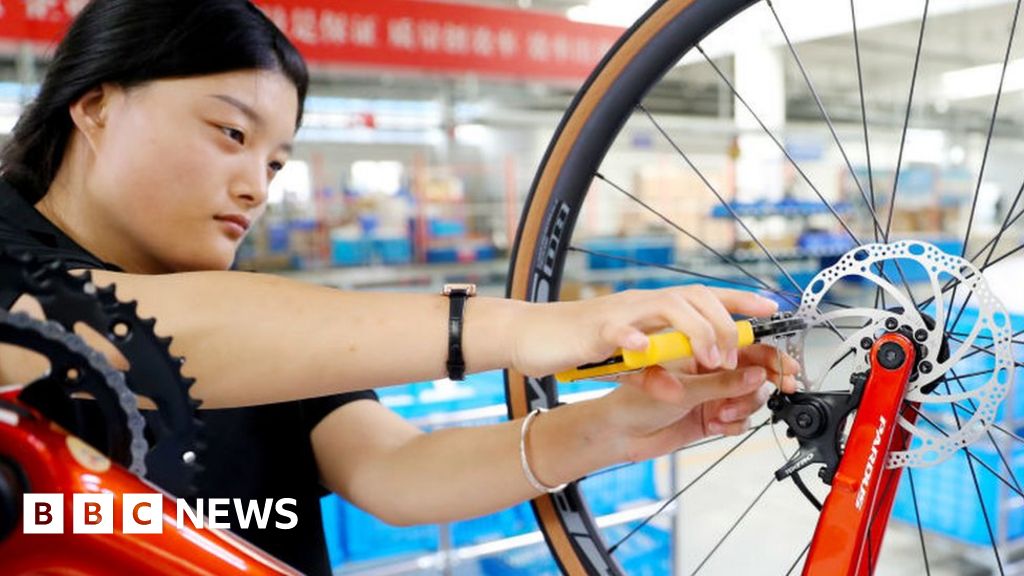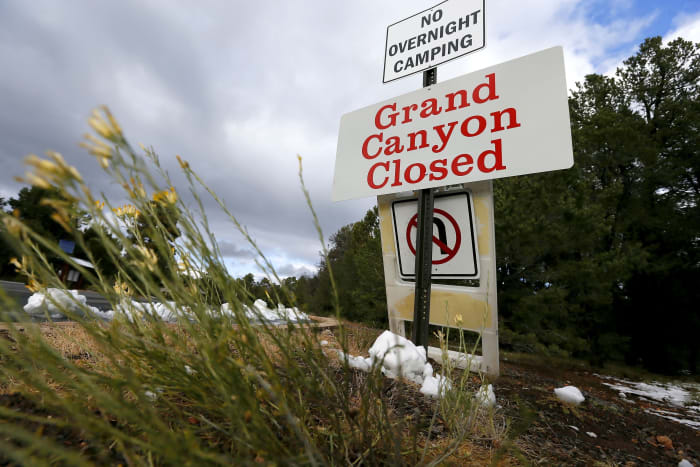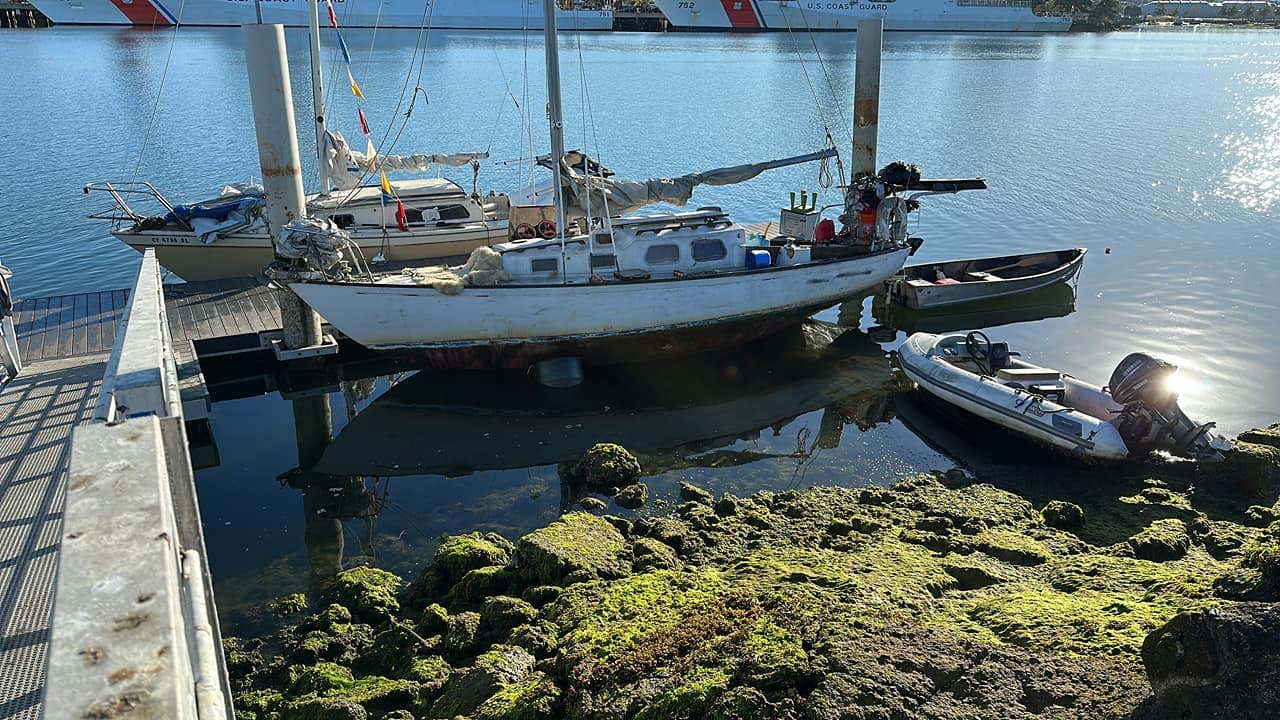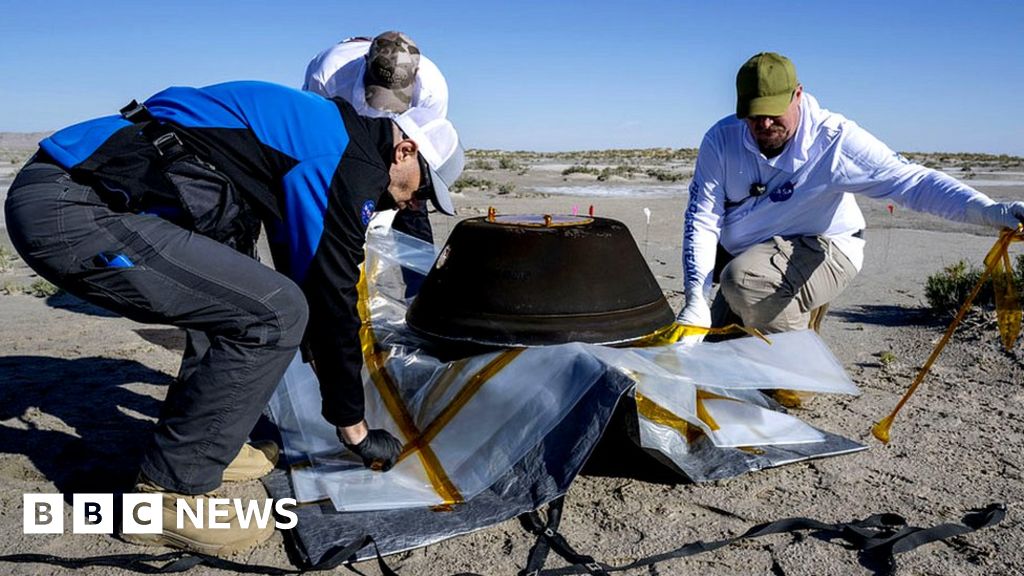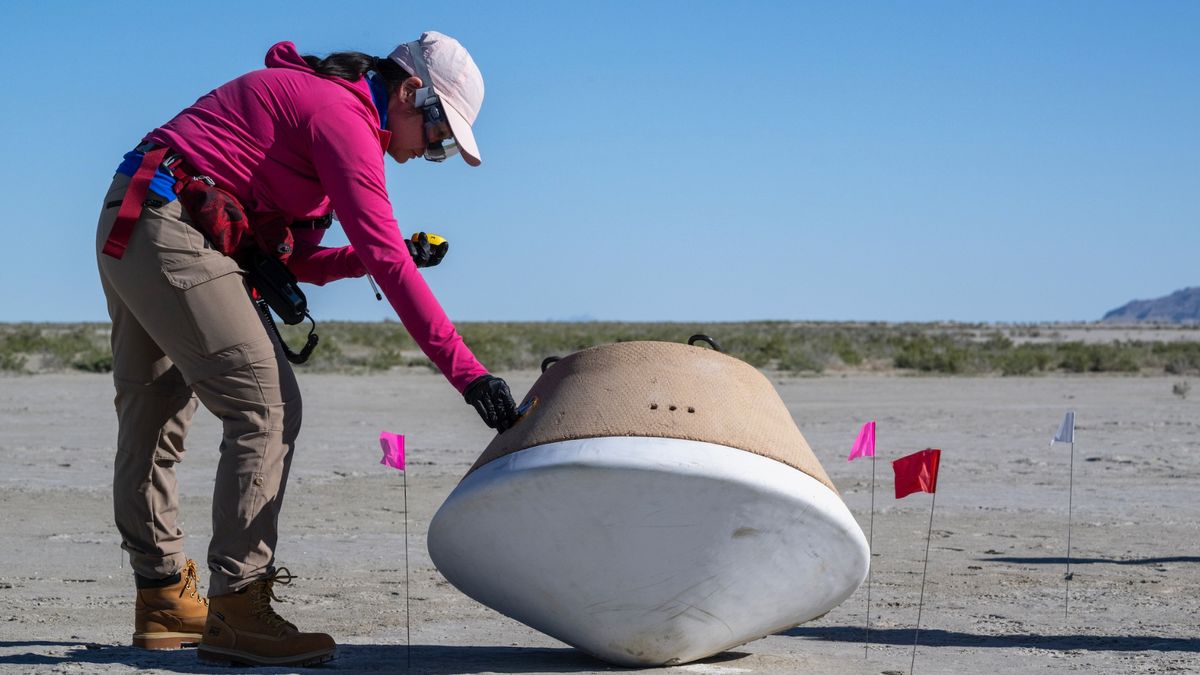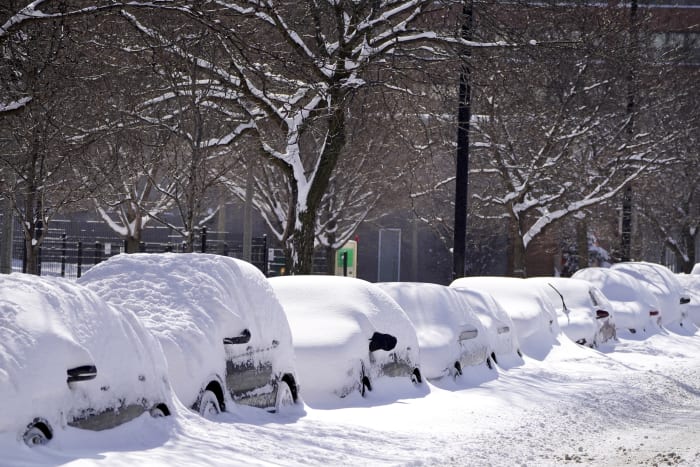
www.local10.com
Edmunds: 5 tips for storing your vehicle this winter
A number of people with convertibles or fun weekend cars will store them for the winter season.
Education
Storing a vehicle because it’s not needed is something that an owner might have to do at some point. It might be because it’s a sports car that the owner wants to protect from wintertime driving, or perhaps a vehicle that won’t be driven for months because of a vacation or military deployment. Whatever the reason, there’s a proper way to go about storing your vehicle.
If you simply let your vehicle sit on the street or in a garage for an extended period, you may return to a dead battery, ruined tires or a potentially damaged engine.
The experts at Edmunds have put together a list of best practices when storing your vehicle. Most of these tips apply to vehicles that will be in storage for about 30 days or more. If you’re only going out of town for a week or two, a modern car should be OK as-is. Older vehicles would benefit from getting started once a week if possible.
COVER IT UP
Storing your vehicle in a garage or storage facility protects it from the elements and keeps it at a relatively stable temperature. If your only choice is to leave the car outdoors, we recommend a weatherproof car cover or a car shelter, which will help keep the car clean and dry.
TOP OFF YOUR FLUIDS
A number of automakers, such as Ford, recommend having an oil change performed before storing the vehicle for a while. Used engine oil has contaminants that could damage the engine if left unattended.
Similarly, topping off your vehicle with gas before storing it will prevent moisture from accumulating inside the fuel tank and keep the seals from drying out. You should also purchase a fuel stabilizer to prevent ethanol buildup and protect the engine from gum, varnish and rust. A good fuel stabilizer can prevent the gas from deteriorating for up to 12 months.
TEND TO THE BATTERY
An unattended 12-volt battery will eventually lose its charge. Get someone to start the car every two weeks and either let it run or drive it for about 15 minutes if possible. Driving the car periodically has several benefits. It will maintain the battery’s charge and keep the engine and other components adequately lubricated. It is also a good idea to run the air conditioner to keep the parts in working order and the air quality fresh.
If you cannot arrange for someone to start the car, there are two other options. The low-tech solution is to disconnect the negative battery cable, but you’ll lose the car’s stereo presets and other settings. The better option is to purchase a battery tender. This device hooks up to your car battery on one end and plugs into a wall outlet on the other. It delivers just enough electrical power to prevent the battery from discharging.
PROTECT THE TIRES
Make sure your tires are inflated to the recommended tire pressure. Tires can develop flat spots when left stationary too long, as the weight of the vehicle presses down on the tires’ footprints. In minor cases, driving the car for a while will bring the tires up to their normal operating temperature and get rid of any flat spots. But in more severe cases, a flat spot can become a permanent part of the tire and it will need to be replaced.
The best way to avoid permanent flat spots is to put the car on jack stands at all four corners. It requires more work, but the tires will be in much better shape when you return since they haven’t been bearing the weight of the vehicle for a month or more.
KEEP CRITTERS FROM NESTING
A garage will keep your car dry and relatively warm. Unfortunately, those are things that make it attractive to rodents. There are a number of places in your car for rodents to nest and plenty of things for them to chew on. Chewed-on wires or hoses can cost thousands of dollars to replace.
First, do what you can to minimize the attractiveness of your garage to rodents by not storing any food or items that could be used for nesting. You might also try to make it harder for rodents to get into the vehicle. Lay down a few mousetraps or use repellents that they are not fans of. Finally, periodically look for signs of rodents, such as droppings under the vehicle. The earlier you can spot them and take action, the better.
EDMUNDS SAYS:
Storing your vehicle properly is the best way to avoid inconveniences or costly repairs later on. After that, taking your vehicle out of hibernation should be a relatively simple matter of removing any protective methods you used, inspecting the vehicle, checking the tire pressures, and inflating them to their recommended specs.



